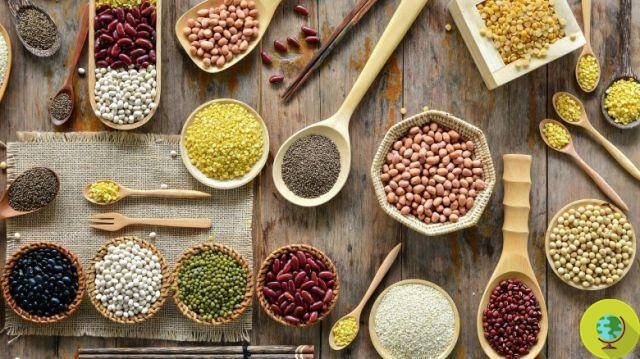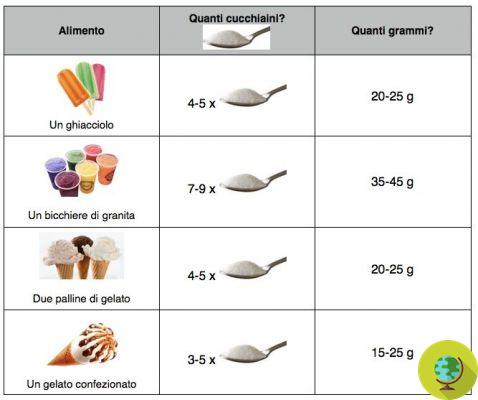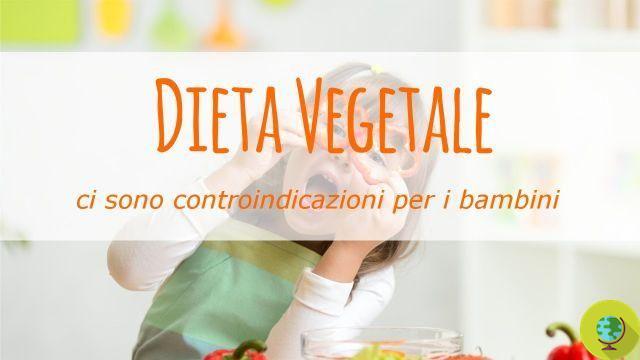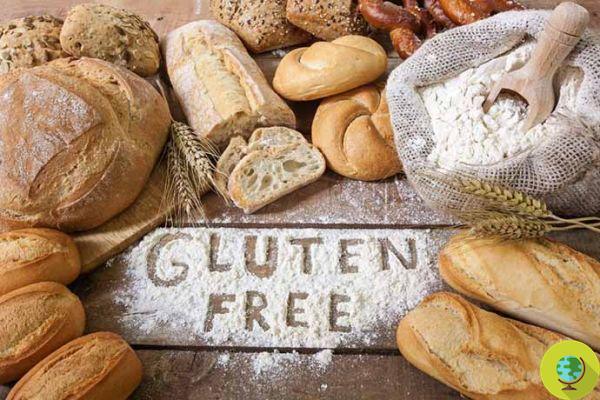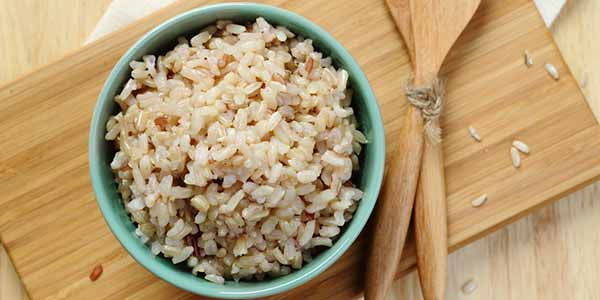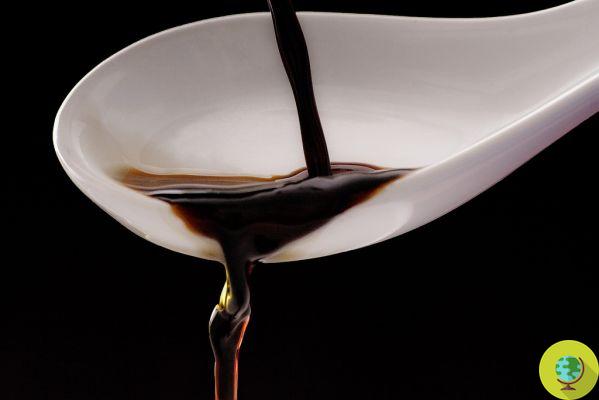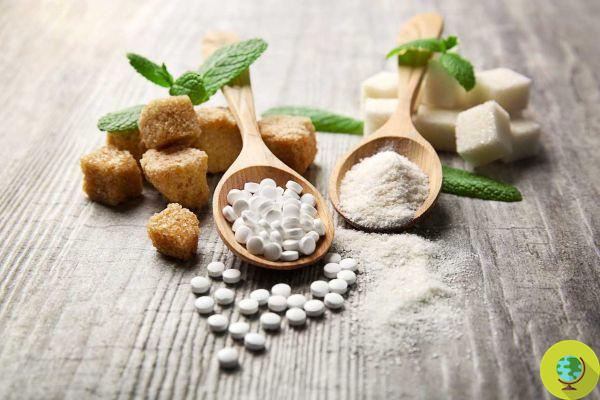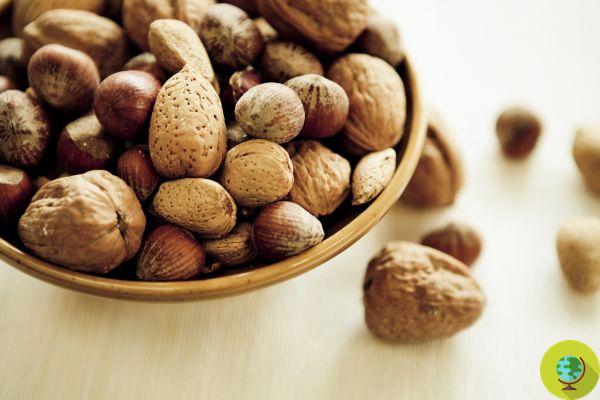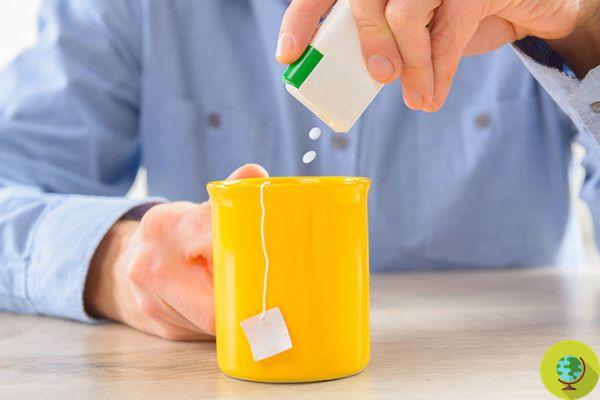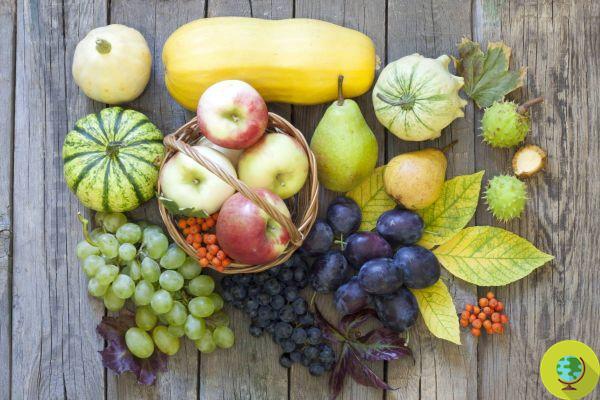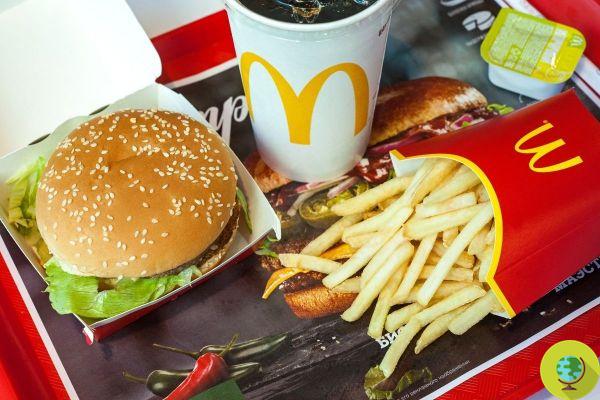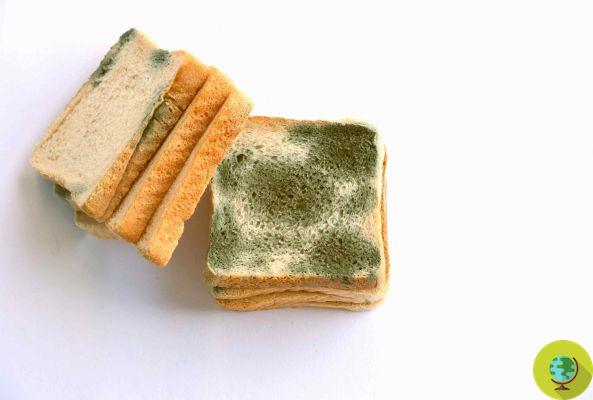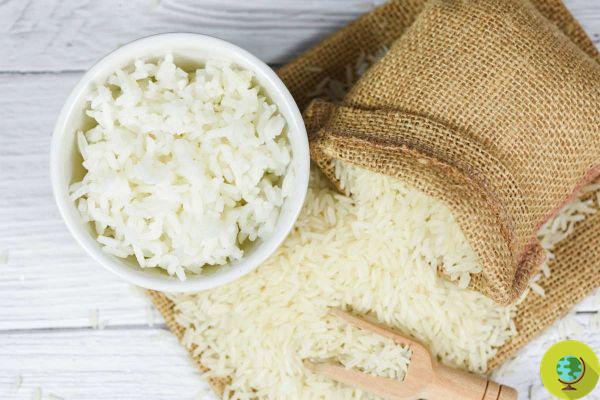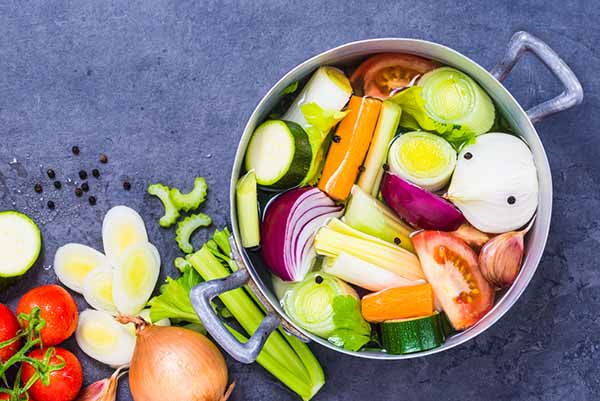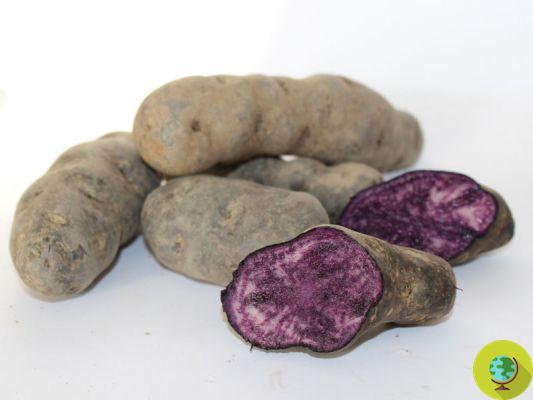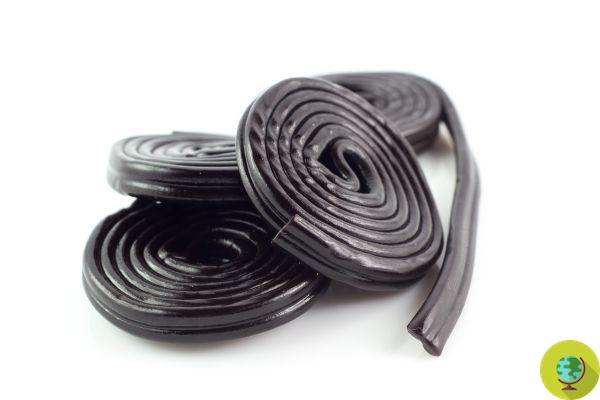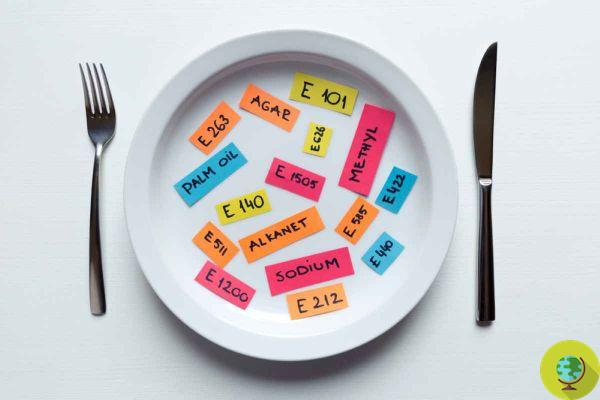
Processed food, as it is known, is often rich in food additives that are not always harmless to health. ANSES and the consumer monthly QueChoisir took stock of the situation on these ingredients, added to food and drinks for various purposes.
Don't store avocado like this: it's dangerous
Processed food, as it is known, is often rich in food additives that are not always harmless to health. ANSES and the consumer monthly QueChoisir took stock of the situation on these ingredients, added to food and drinks for various purposes.
Let's start with the good news: processed foods contain fewer additives than before, at least according to ANSES, the (French) National Agency for Health Safety, in its recently published inventory on the use of additives in processed foods.
According to the French agency, there is "a decline in the use of the most widely used additives" between 2008 and 2018. But there is still a lot to do, given that 78% of the products on the market currently contain these ingredients and almost half (47%) have at least 3.
Only 4 additives have undergone a small increase in use but it would be of little consequence especially because they are ingredients classified as green (i.e. acceptable according to the comparative evaluation of QueChoisir).
It is about:
- carotenoids (E160a, dyes)
- sodium carbonates (E500, baking powder)
- pectin (E440, gelling agents)
- Anthocyanins (E163, dyes)
Carotenoids and anthocyanins are natural dyes that often replace synthetic dyes and pectin is also of natural origin.
The 8 most present additives
Over 300 additives are allowed but not all are used. Only 42% is found in at least 2% of foods e only 8 are used frequently (in over 10% of foods).
It is about:
- Citric acid (E330) - Acidity regulator: found in 23% of products (for example 2% of cured meats but 75% of canned fruit). Considered Yellow (tolerable, vigilance for some populations)
- Modified starches (they group more than 10 different additives) - useful for thickening: it is found in 22% of products (spicy sauces, for example). Depending on the type it can be green, yellow or orange (not recommended).
- Lecitine (E322) - emulsifiers: found in 17% of products, including 94% of chocolate and chocolate products or 88% of baby milk and 84% of cereal bars. Yellow (tolerable, vigilance for some populations).
- Mono and diglycerides of fatty acids (E471) - Emulsifiers or gelling agents: found in 15% of products but up to 77% of ice creams and sorbets, 54% of bread and 25% of breakfast cereals. Orange
- Ascorbic acid (E300) - antioxidant: found in 13% of products. Green
- Xanthan Gum (E415) - thickening: found in 13% of products. Yellow
- Guar gum (E412) - thickening: found in 12% of products. Yellow
- Carragenesi (E407) - gelling agent: found in 10% of products - Yellow
The aforementioned additives are omnipresent in some categories but, unfortunately, they are not entirely harmless. It is mainly about substances useful for improving the texture of a food and therefore are not used for health purposes.
The worst products in which we find additives are frozen sweets and desserts, fresh delicatessen products, ice creams and sorbets. In these cases we can find together even 10 additives! These are also very present in foods intended for children (28% of which contain, for example, modified starches).
A separate discussion must be made for other additives, which are still too present in the products we consume. Let's talk about:
- Sodium nitrite, somewhat controversial and still used in 71% of cured meats but also in 40% of frozen snacks or in 27% of fresh products for catering. The 71% rate is still 4 points lower than in 2008.
- Potassium nitrate, is present in 31% of cured meats
- Caramel dye, is found in 12% of non-alcoholic refreshing drinks
- Tartrazine, present in 9% of syrups
As QueChoisir points out, there is a further problem. Even if we do not see the aforementioned additives on the label, we must still be careful, it does not mean that the products are "clean". Alternatives to traditional additives could be ingredients that “have the same properties, but without being subject to the same regulations, and therefore to the same controls”.
As always, the advice is to consume as much fresh and seasonal food as possible, avoiding processed or packaged ones. It is also important to always read the labels, also choosing on the basis of the list of ingredients which must be as short and "clean" as possible.
Read also:
- Food additives: what they are and the possible effects on health (VIDEO)
- 7 food additives and substances to avoid
- 7 food additives that increase the risk of autoimmune diseases
- These common food additives can be harmful to children, pediatricians say




